You can use a multimeter to easily test your furnace's purge valve. This is a pretty easy thing to do.
In this blog post, we'll learn how to use a multimeter to test the purge valve.We'll also talk about some of the most common signs of a broken purge valve and how to fix it.So, if your furnace is giving you trouble, be sure to read this blog post.

What is a purge valve?
The furnace has a safety feature called a "purge valve." The purpose of the purge valve is to get rid of any gas that might build up inside the furnace. This gas buildup can be dangerous because it can cause explosions or fires. If you think that gas is building up in your furnace, you should check the purge valve to make sure it is working right. The purge valve will open when the furnace is turned on, letting these gases escape. When you turn off the furnace, the purge valve will close and stop any more gas from escaping.
PROBLEMS WITH THE PURGE VALVE:
- The most common problem with the purge valve is that it gets stuck in the open position. This can be very dangerous, as it will allow gas to continuously escape from the furnace. If you notice that the purge valve is stuck in the open position, you should immediately turn off the furnace and call a professional to have it fixed.
- Another common problem with the purge valve is that it gets stuck in the closed position. This can also be very dangerous, as it will prevent any gas from escaping from the furnace. If you notice that the purge valve is stuck in the closed position, you should immediately turn off the furnace and call a professional to have it fixed.
- The last common problem with the purge valve is that it does not open or close properly. This can be dangerous, as it can cause a build-up of gas in the furnace. If you notice that the purge valve is not opening or closing properly, you should immediately turn off the furnace and call a professional to have it fixed.
How to test the purge valve with a multimeter?
- Turn off the power to the furnace.
- Locate the purge valve on the furnace.
- Using a multimeter, set it to the continuity setting.
- Touch one lead of the multimeter to the "common" terminal of the purge valve, and touch the other lead to the "Normally Open" terminal of the purge valve.
- If the multimeter beeps, then the purge valve is working properly and you can turn the power back on to the furnace.
- If the multimeter does not beep, then the purge valve is not working properly and you should call a professional to have it fixed.
- Once you have finished testing the purge valve, be sure to turn the power back on to the furnace.
- If you have any questions about how to test the purge valve with a multimeter, or if you need help troubleshooting your furnace, be sure to call a professional.
Most common signs of a broken purge valve:
If your car has a purge valve that is not functioning properly, there are several symptoms that you may notice. The most common symptom is the engine light coming on. This is because the purge valve is responsible for allowing the engine to "breathe." If it's not working properly, the engine will get too much or too little air, and the check engine light will come on.
Other common symptoms of a broken purge valve include:
- The engine running rough or stalling
- The car hesitates when accelerating
- Adecrease in fuel efficiency
If you notice any of these symptoms, it's important to take your car to a mechanic as soon as possible. A broken purge valve can lead to serious engine damage if it's not fixed.
Does your purge valve need to be replaced?
If you're having problems with your furnace, it's important to have it checked out by a professional. They will be able to diagnose the problem and recommend the best course of action. In some cases, the problem may be as simple as replacing the purge valve. Replacing the purge valve is a fairly simple process, and can be done by most do-it-yourselfers. However, if you're not comfortable doing it yourself, be sure to call a professional.
If you suspect that your purge valve needs to be replaced, there are a few things you can do to check it. First, you can use a multimeter to test for continuity or resistance between the terminals. If there is no continuity or resistance, then the purge valve needs to be replaced. You can also do mechanical tests to listen for clicking sounds or make sure there is enough vacuum. If any of these stops working, the whole system needs to be replaced.
Including the cost of the work, a replacement costs between $100 and $180. But you can change the purge valve yourself if you know how.
Follow these steps to replace your purge valve:
- Turn off the power to the furnace.
- Locate the purge valve on the furnace.
- Remove the old purge valve by unscrewing it from the furnace.
- Install the new purge valve by screwing it into place on the furnace.
- Turn on the power to the furnace.
- Test the new purge valve to make sure it is working properly.
If you have any questions about how to replace your purge valve, or if you need help troubleshooting your furnace, be sure to call a professional.
FREQUENTLY ASKED QUESTIONS
How many ohms should a purge valve be?
This is a difficult question to answer definitively because it depends on the application and the specific circumstances. However, in general, a purge valve should have a resistance of between 12 and 130 ohms. The lower the resistance, the faster the purge time will be. The higher the resistance, the slower the purge time will be. If you are unsure of what resistance is best for your application, it is best to consult with a professional.
Is it possible to clean a purge valve?
The answer to this question is yes, it is possible to clean a purge valve. However, it is important to note that this process should only be attempted by a qualified individual. Attempting to clean a purge valve without the proper knowledge or tools can result in damage to the valve or surrounding components. Additionally, it is always best to consult the manufacturer's instructions before attempting any type of maintenance on a purge valve.
How is the purge valve controlled?
The purge valve is controlled by the engine computer (Engine Control Unit - ECU). The ECU tells the purge valve when to open and close based on factors such as engine temperature, throttle position, and evaporative system pressure. This allows the car's evaporative system to work properly, preventing fuel vapors from entering the atmosphere.
Conclusion:
In conclusion, testing a purge valve with a multimeter is a quick and easy way to check its condition. If the valve fails to function properly, it must be replaced.
Testing the purge valve in your car is a quick and easy way to ensure that it is working properly. By using a multimeter, you can easily test the functionality of the purge valve and determine if it needs to be replaced.


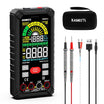




























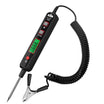
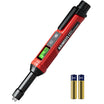






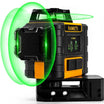


















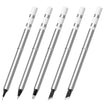





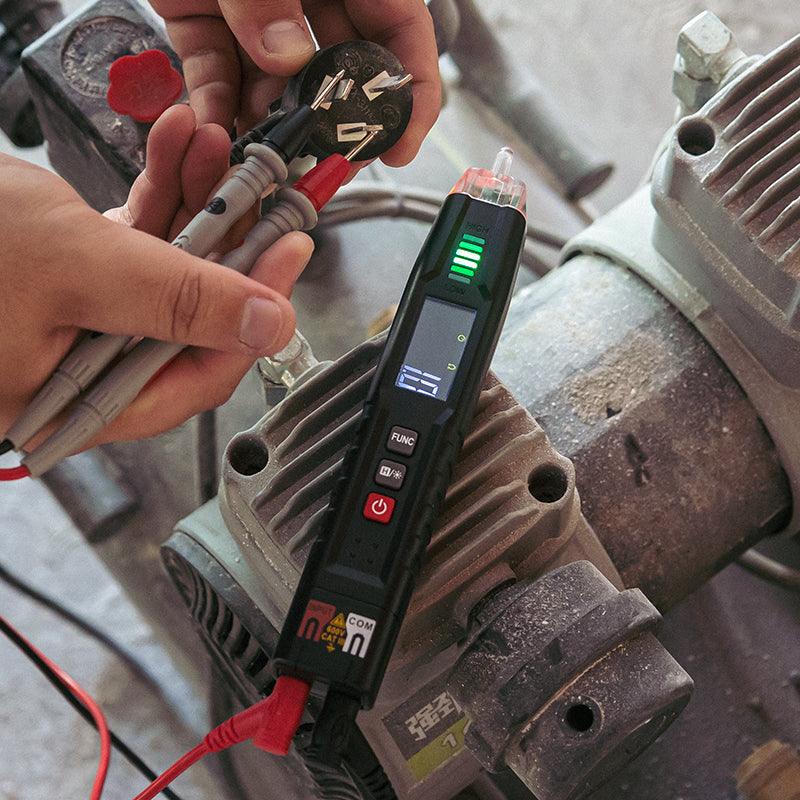
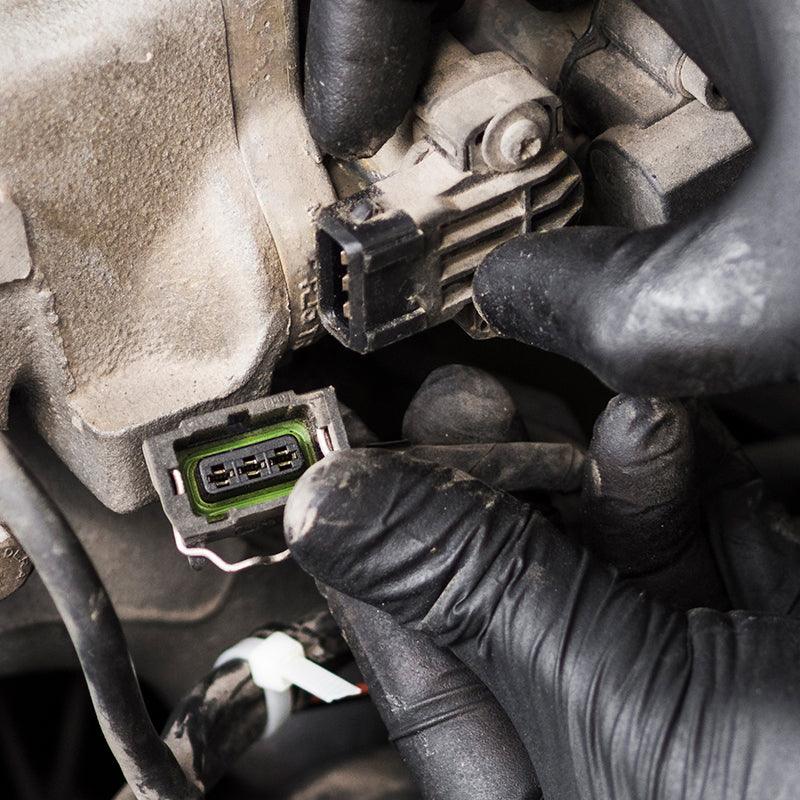

Leave a comment
All comments are moderated before being published.
This site is protected by hCaptcha and the hCaptcha Privacy Policy and Terms of Service apply.